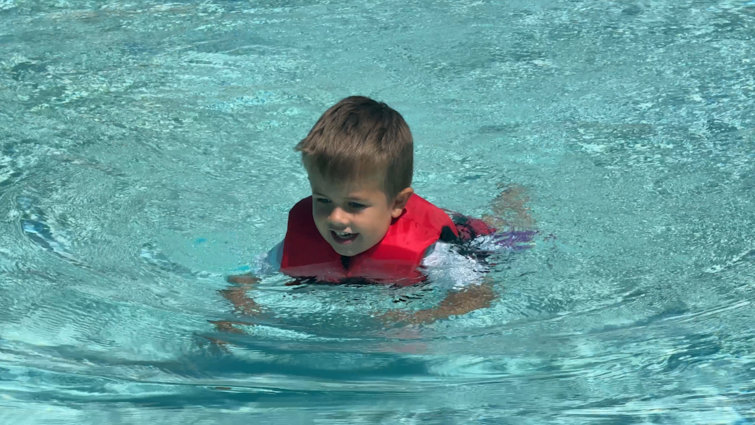

With warm weather returning to California, families are flocking to pools, lakes, and beaches. But along with summer fun comes a warning from public safety officials: drowning remains one of the deadliest and most preventable risks to children.
In 2025, San Bernardino County has already recorded 14 drowning and submersion incidents involving both children and adults, including one fatality. Riverside County reported nine pediatric incidents this year, all non fatal but alarming to health professionals who say more education and vigilance are needed.
“Drowning is the number one cause of injury-related death for children ages one to four,” said Merrick Lopez, MD, chief of pediatric critical care at Loma Linda University Children’s Hospital. “And it often happens when it’s least expected, when no one thinks their child is swimming.”
Statewide, California ranks among the top states for pool-related drownings in children under 5. Across the U.S., the Centers for Disease Control and Prevention estimates that around 4,000 people fatally drown each year, roughly 11 per day. An additional 8,000 nonfatal drownings occur annually.
Drowning often happens quickly and quietly, no splashing, no screaming. “All it takes is five or six minutes,” Lopez said. “Without oxygen, a child’s heart can stop, and even if they survive, they may suffer devastating neurological injuries, unable to walk, talk, or eat independently.”
He emphasized that while barriers, swim lessons, and life jackets are all important, nothing replaces active, undistracted supervision “Designate a Water Watcher, someone with a lanyard or wristband who knows they are on duty and not multitasking.”
These “Water Watcher” tags, which are passed between adults like a baton, are gaining traction among safety advocates as a low-tech but effective reminder to stay alert.
Victorville Fire Department has seen three drowning incidents since January, prompting city fire officials to issue warnings. “Adults are more likely to drown in open water like lakes or rivers,” said Andrew Roach, Deputy Fire Chief. “We urge people to avoid alcohol if they’re swimming. It’s a major risk factor.”
Starting in 2026, under California Assembly Bill 2146, only flotation devices approved by the U.S. Coast Guard will be legally sold.
“These air-filled water wings you see everywhere, they’re not just ineffective, they’re dangerous,” said Michelle Parker, coordinator for Safe Kids Inland Empire. “They can pop, slip off, and give both the child and parent a false sense of security.”
Approved life jackets, she explained, must include a Coast Guard label and fit according to a “Goldilocks rule,” not too big or small, but just right for the child’s weight and chest size.
Health experts agree that prevention is a multi-layered approach:
- Four-sided pool fencing at least four feet high
- Early and ongoing swim lessons
- US Coast Guard-approved properly fitted life jackets
- CPR training for all caregivers
- Undistracted, designated supervision during any water activity
And yet, many tragedies occur outside formal swim times, when toddlers slip away from distracted adults or access a neighbor’s unfenced pool.
“The curious nature of toddlers is a beautiful thing,” Lopez said. “But near water, it can become fatal in minutes. Our job as adults is to stay one step ahead and protect them.”


